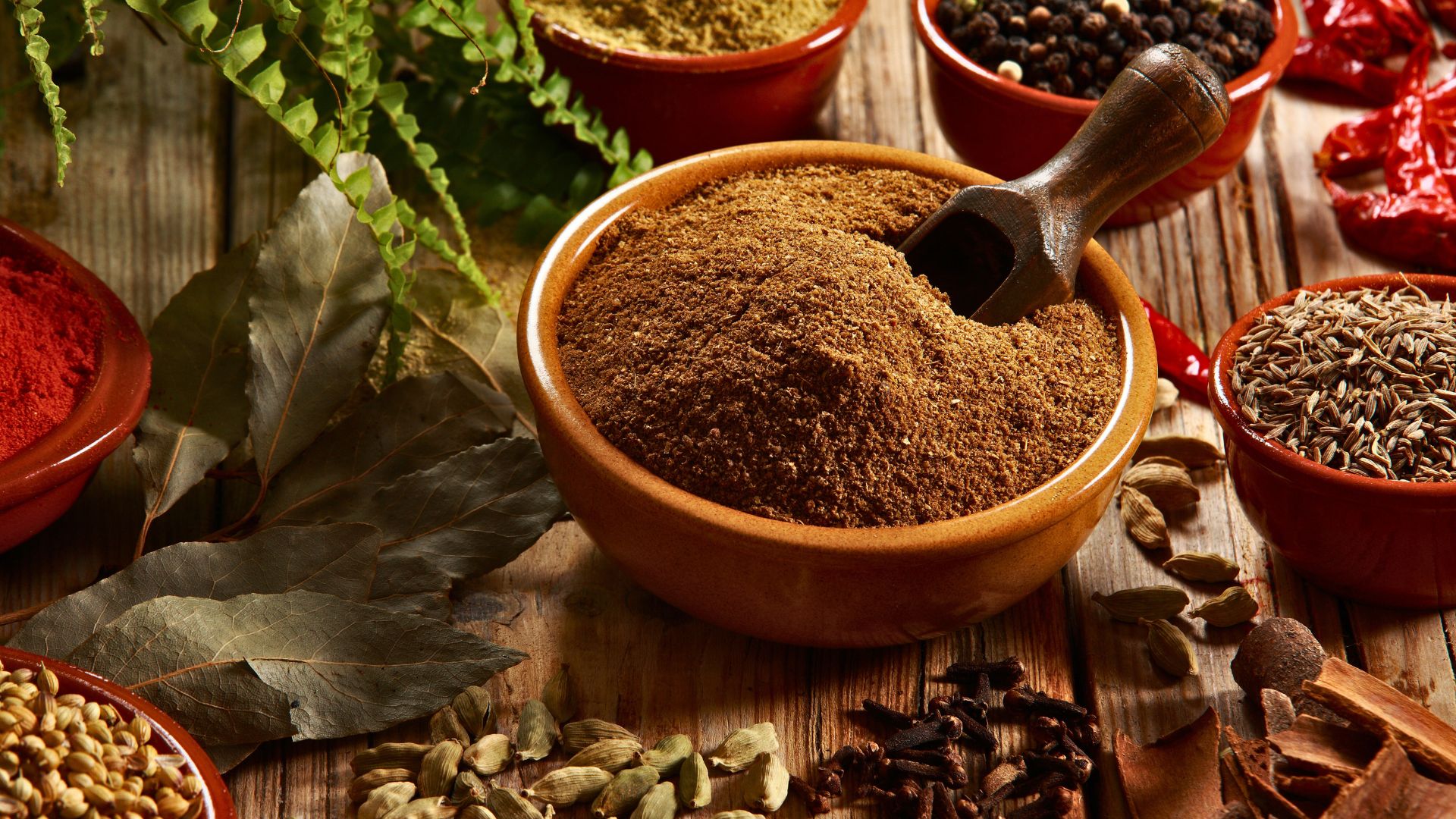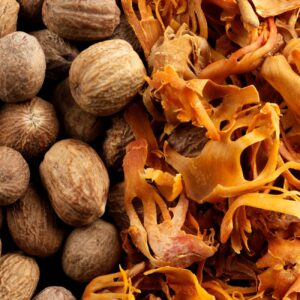Garam Masala, a staple in Indian kitchens, is a complex blend of ground spices that brings warmth, depth, and a distinctive aroma to a multitude of dishes. The term “garam” means “hot” in Hindi, not necessarily in terms of spiciness but rather in the sense of the warming properties the spices impart. “Masala” simply means “spice blend.” This fragrant mixture is a staple in Indian cooking, used in everything from curries and soups to marinades and even teas.
Origins and Cultural Significance
The origins of garam masala can be traced back to ancient India, where it was developed to enhance both the flavor and medicinal properties of food. Traditional Indian medicine, Ayurveda, emphasizes the balance of energies in the body, and garam masala is believed to have properties that stimulate digestion and improve overall health. Over centuries, this spice blend has become a symbol of Indian culinary tradition, with each region, and sometimes each household, having its unique recipe.
Ingredients
The composition of garam masala varies widely, reflecting regional tastes and family traditions. However, some common spices frequently found in garam masala include:
- Coriander Seeds: Adds a citrusy, slightly sweet flavor.
- Cumin Seeds: Contributes a warm, earthy taste.
- Cloves: Adds a pungent, sweet, and slightly bitter flavor.
- Cinnamon: Brings a sweet and woody aroma.
- Nutmeg: Adds a warm and sweet undertone.
- Black Peppercorns: Introduces a sharp, spicy heat.
- Bay Leaves: Impart a subtle bitterness and fragrance.
Other spices that may be included are fennel seeds, star anise, dried chilies, and mace. The spices are typically toasted to release their essential oils before being ground into a fine powder.
Preparation and Usage
The preparation of Garam Masala involves careful roasting of each spice to enhance its flavor, followed by grinding the mixture into a fine powder. This can be done using a mortar and pestle for a more traditional approach or a spice grinder for convenience.
Garam masala is usually added towards the end of the cooking process to preserve its aromatic qualities. It can be sprinkled over finished dishes as a garnish, or mixed into the food during the last few minutes of cooking. It pairs well with both vegetarian and non-vegetarian dishes, enhancing the flavors of lentils, beans, meats, and vegetables.
Health Benefits
Garam masala is more than just a flavor enhancer; it also offers numerous health benefits:
- Digestive Aid: The blend of spices helps stimulate digestive enzymes, aiding in better digestion.
- Anti-inflammatory Properties: Spices like cloves, cinnamon, and black pepper have anti-inflammatory effects.
- Antioxidant Rich: Many of the spices in garam masala are rich in antioxidants, which help protect the body against free radicals.
- Boosts Metabolism: Certain spices, such as black pepper, can help increase metabolic rate.
Spice Station’s Garam Masala

Spice Station, renowned for its high-quality spices and blends, crafts its own version of garam masala, adhering to traditional recipes while ensuring the freshest ingredients. Spice Station’s Garam Masala stands out for its perfect balance of flavors and aromatic profile, making it an essential addition to any kitchen. Spice Station sources premium spices from around the world, ensuring that each ingredient meets the highest standards of quality and freshness. Spice Station is a brand that is committed to purity, authenticity, and taste.
Create authentic Indian dishes, savor the unique flavors and fragrances of the healthy spices in our Indian Cooking Spice Set!
















